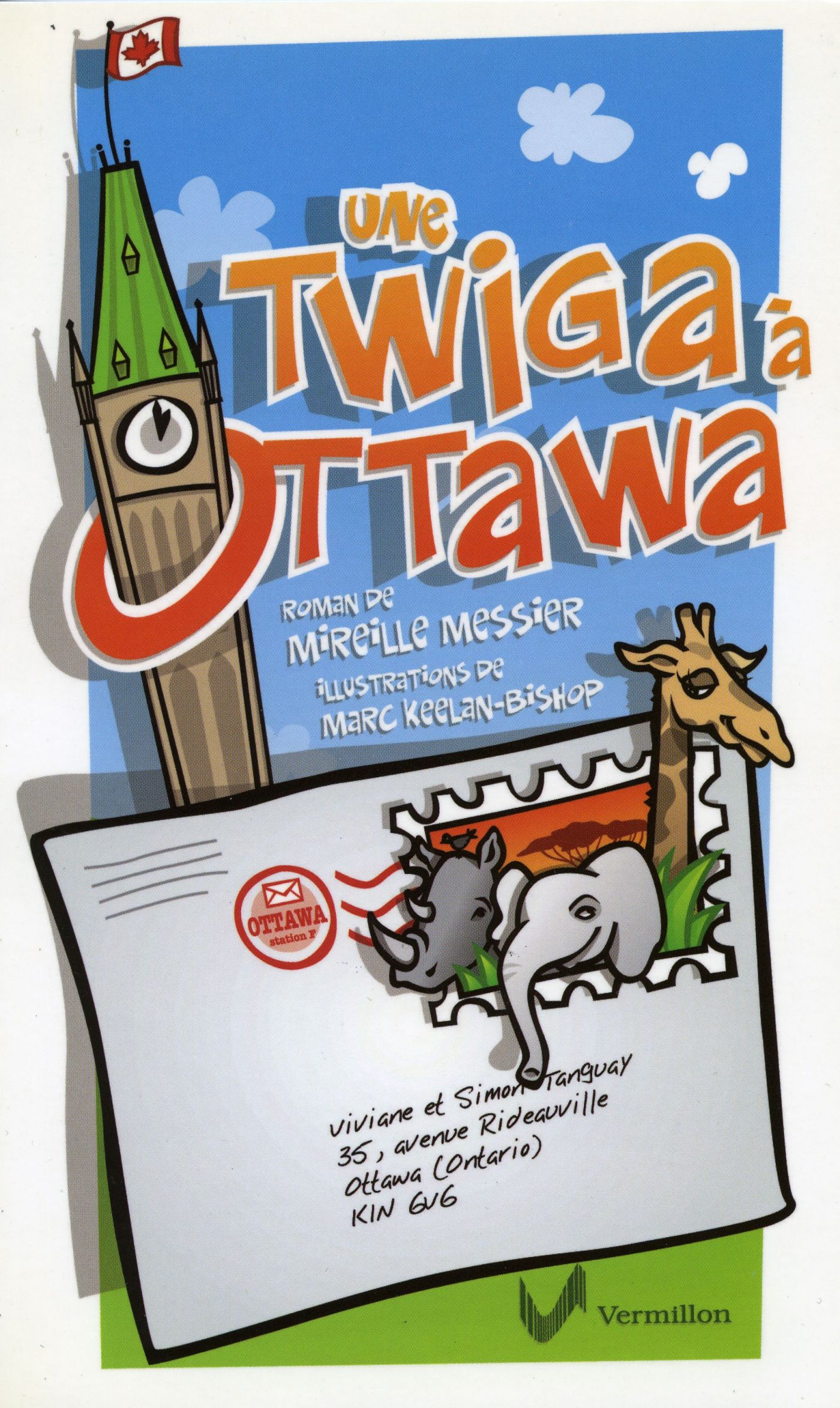Ottawa inspires many writers. They tell stories about her recent or more ancient past. For example, Michel Ouellette’s King Edward (1999), and Michel A. Thérien’s J’écris à rebours (2005) recall the destruction of Lowertown and the redevelopment of King Edward Avenue, events that occurred during the 1960s:
today
among the swollen shadows
of elms and maples
lost in the bitumen
we say with an accent
right on the tip of our tongue
The Condominiums of St. Charles
this neighborhood like a wound
in the ruins of our childhoods
where yesterday poetry flew off
in search of itself
the word staggering under the signs
the poem in its unalterable
trajectory.1
Most of the time, authors use Ottawa as a scaffold for their writing, without necessarily imagining it differently. They depict the city realistically, making use of the everyday connotations it carries. The ByWard Market, for example, is often associated with prostitution or food services; the downtown core, with commerce and Parliament; Sandy Hill, with students and ambassadors; Orléans, with suburban life. Ottawa’s various neighbourhoods are well differentiated in the work of several writers, including Daniel Poliquin, the Ottawa writer par excellence. More than half of his work is devoted to this city!
Certain writers nevertheless allow themselves some make-belief when they write about the city. This is the case for Patrick Leroux in the urban tale “Ottawa-les-bains sens dessus dessous” (1999) in which he imagines a network of underground tunnels running through the city. In the children’s book Une Twiga à Ottawa (2003), Mireille Messier tells the story of Viviane and Simon, who receive a giraffe as a gift. Unable to keep it, they find it a new home in the Peace Tower of Parliament, where its long neck enables it to ring the carillon bells.
All these writers have turned Ottawa into a literary city in the collective imagination.
1 Michel A. Thérien, J’écris à rebours. Poèmes, preface by Andrée Lacelle, Ottawa, Éditions David, 2005, p. 87 (translated from the original).
